The leaves of carnivorous plants - or insectivorous plants - capture, trap and digest insects and other organisms. There are over 600 species of carnivorous plants. Carnivorous plants grow in nutrient-poor soil. Most are found in swamps, peat bogs and rocky terrain. This means carnivorous plants have underdeveloped roots, and they get nourishishment mostly from the protein of the insects they capture. Their leaves produce enzymes that can break proteins down into simpler and more absorbable compounds. Hunting techniques differ from species to species. Venus's-flytrap, for instance, has a trapping mechanism that senses an insect and triggers the leaves to snap shut around it. Butterworts capture their prey with leaves covered in a transparent and sticky substance that traps and digests insects.
Sundew plants have glands on the tops of their leaves that produce a sticky substance from the tips of long hairs. When an insect touches the hairs, they close over the insect in a fatal embrace. The trapping mechanism of larger carnivorous plants is called an ascidium. Insects enter this pitcher-shaped appendage, attracted by the color and scent of the plant. Once inside, insects are trapped and digested. Old World tropical pitcher plants have ascidium at the ends of their leaves that are filled with up to two liters of fluid. Bladderworts include land and water species. Both varieties have small, one- to two- millimeter traps flattened by water tension. Once the traps are opened, a fast inflow of water sucks nearby microorganisms inside. Although carnivorous plants cannot attack people, they have inspired many stories and legends. The 1960 movie Little Shop of Horrors and its remake and adaptations feature a carnivorous plant that craves human blood.
Sundew plants have glands on the tops of their leaves that produce a sticky substance from the tips of long hairs. When an insect touches the hairs, they close over the insect in a fatal embrace. The trapping mechanism of larger carnivorous plants is called an ascidium. Insects enter this pitcher-shaped appendage, attracted by the color and scent of the plant. Once inside, insects are trapped and digested. Old World tropical pitcher plants have ascidium at the ends of their leaves that are filled with up to two liters of fluid. Bladderworts include land and water species. Both varieties have small, one- to two- millimeter traps flattened by water tension. Once the traps are opened, a fast inflow of water sucks nearby microorganisms inside. Although carnivorous plants cannot attack people, they have inspired many stories and legends. The 1960 movie Little Shop of Horrors and its remake and adaptations feature a carnivorous plant that craves human blood.
RELATED


JELLY FISH
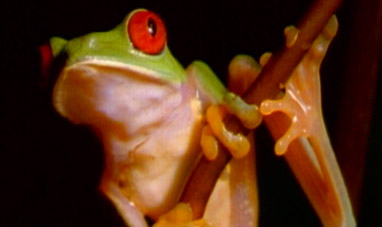

FROG
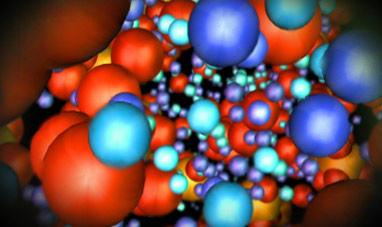

QUANTUM PHYSICS


NEBULAE


OSTRICH
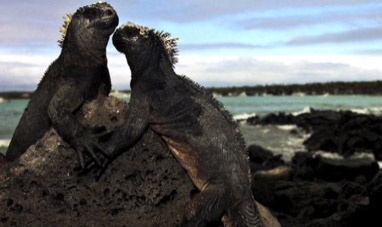

IGUANA


FLEA


EOLIC


WHEAT


NOVAE


CENTRIFUGAL FORCE


OIL


H2O
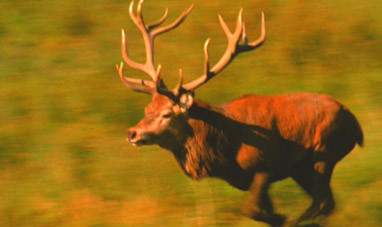

DEER
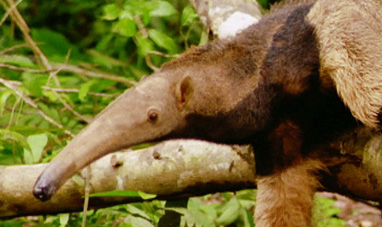

GIANT ANT EATER
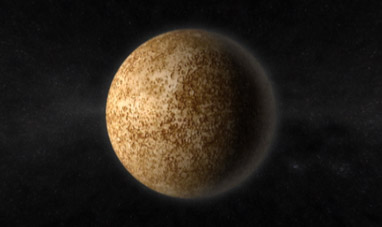

MERCURY
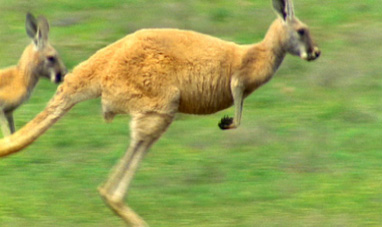

KANGAROO


DOLPHIN


CATERPILLAR


LADYBUG
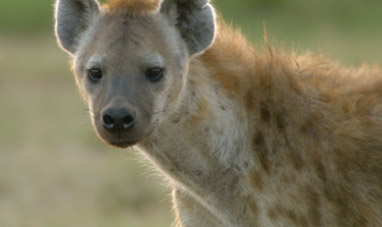

HYENA


GECKO


GOOGLE


THE SOLAR SYSTEM


LOTUS PLANT
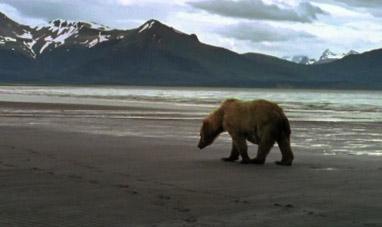

BEAR


STORK


AIDS


BLACK HOLES


TARANTULA
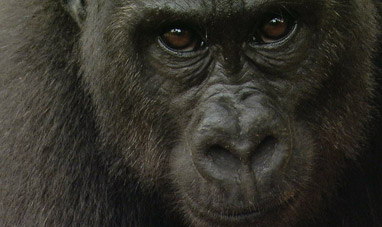

GORILLA


THE HANDS
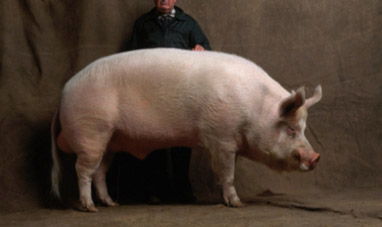

PIG


AMAZON
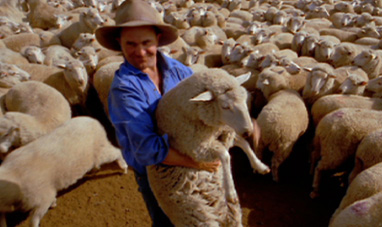

SHEEP


DROMEDARY
